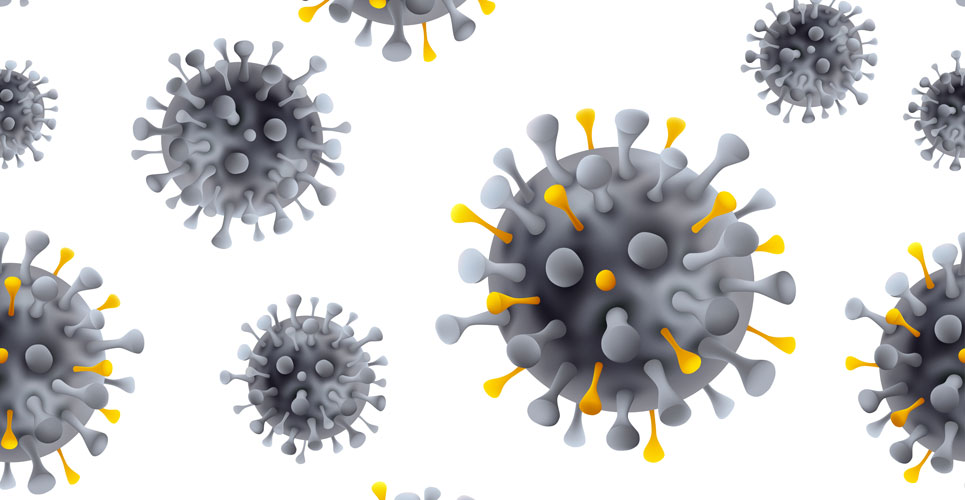Understanding the transmission dynamics of COVID-19 has significant implications for hospital infection control and prevention measures as well as public health policies.
This information is also important to inform the requirements for in-patient and outpatient isolation and it is necessary to gain a better insight of the potential significance of positive PCR tests over longer periods of time. Now researchers from the Division of Infectious Diseases, Oregon University, have undertaken a review of published data to determine the duration of viral shedding among those infected with COVID-19 and their findings have implications for the risk of transmission. The team queries public databases including PubMed, LitCoVID, the WHO COVID-19 literature repository and Google scholar for relevant articles. In each case, the articles were reviewed and assessed in terms of the design, population, healthcare setting, diagnostic testing methods and patient symptoms and illness severity.

Findings
A total of 77 studies were eligible for analysis and included prospective case studies, retrospective series, case reports, point prevalence studies and position statements. Only 59 studies were peer-reviewed, 6 were pre-prints and 13 researcher letters or a letter to the editor of a journal and 70 of the studies described hospitalised patients. All of the studies reported PCR-based assessment of viral shedding and 12 studies reported viral culture data. In terms of viral shedding, the data revealed that the duration ranged from a minimum of 1 day to 83 days although the pooled median duration of RNA shedding from respiratory samples based on 28 studies was 18.4 days (95% CI 15.5–21.3 days). When stratifying by disease severity, the median duration of RNA shedding was 17.2 days (95% CI 14–20.5 days) for those with mild to moderate disease and 19.8 days (95% CI 16.2–23.5 days) for those with severe disease. In general terms, the authors found that viral loads were highest within 1–2 weeks of illness onset but declined gradually although this rarely extended past 25 days. In discussing their results, the authors noted that while PCR positive tests can be prolonged, viral culture data suggested that viable virus samples could only be obtained from between 6 days prior to symptom onset but no later than 20 days after.
Reference
Fontana L et al. Understanding viral shedding of SARS-CoV-2: review of current literature. Infect Control Hosp Epidemiol 2020;1-35. doi:10.1017/ice.2020.1273

